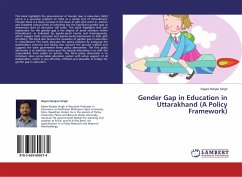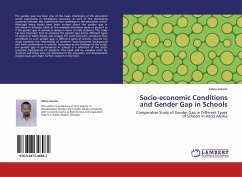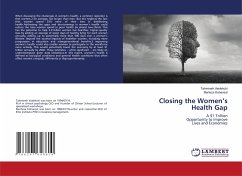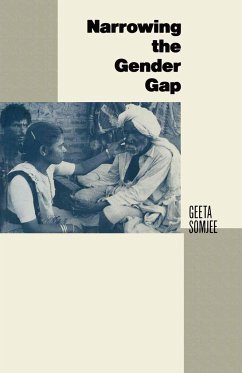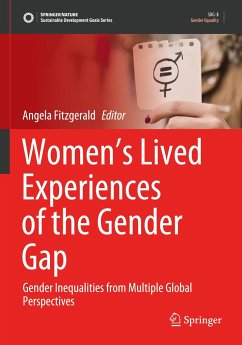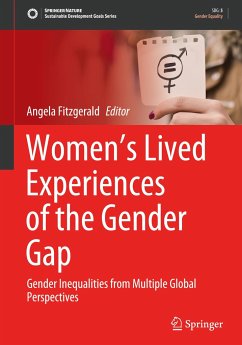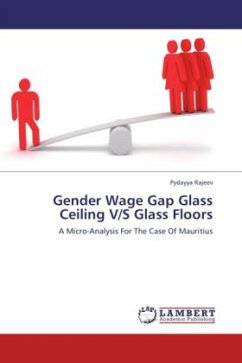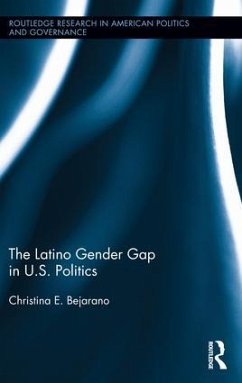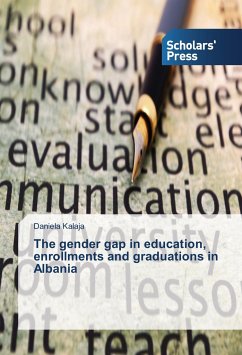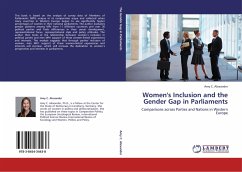
Women's Inclusion and the Gender Gap in Parliaments
Comparisons across Parties and Nations in Western Europe
Versandkostenfrei!
Versandfertig in 6-10 Tagen
52,99 €
inkl. MwSt.

PAYBACK Punkte
26 °P sammeln!
This book is based on the analysis of survey data of Members of Parliaments (MPs) unique in its comparative scope and collected when many countries in Western Europe began to see significantly higher percentages of women in their national parliaments. The author evaluates gender patterns among MPs from 11 different countries and over 30 political parties and finds differences in their career development, representational focus, representational style and policy attitudes. The author then looks at the relationship between women s inclusion in political parties and men MPs' support of these wome...
This book is based on the analysis of survey data of Members of Parliaments (MPs) unique in its comparative scope and collected when many countries in Western Europe began to see significantly higher percentages of women in their national parliaments. The author evaluates gender patterns among MPs from 11 different countries and over 30 political parties and finds differences in their career development, representational focus, representational style and policy attitudes. The author then looks at the relationship between women s inclusion in political parties and men MPs' support of these women-linked experiences and interests. The analysis suggests that through parties' inclusion of women, men MPs support of these women-linked experiences and interests will increase, which will increase the dedication to women s perspectives and interests in parliaments.




